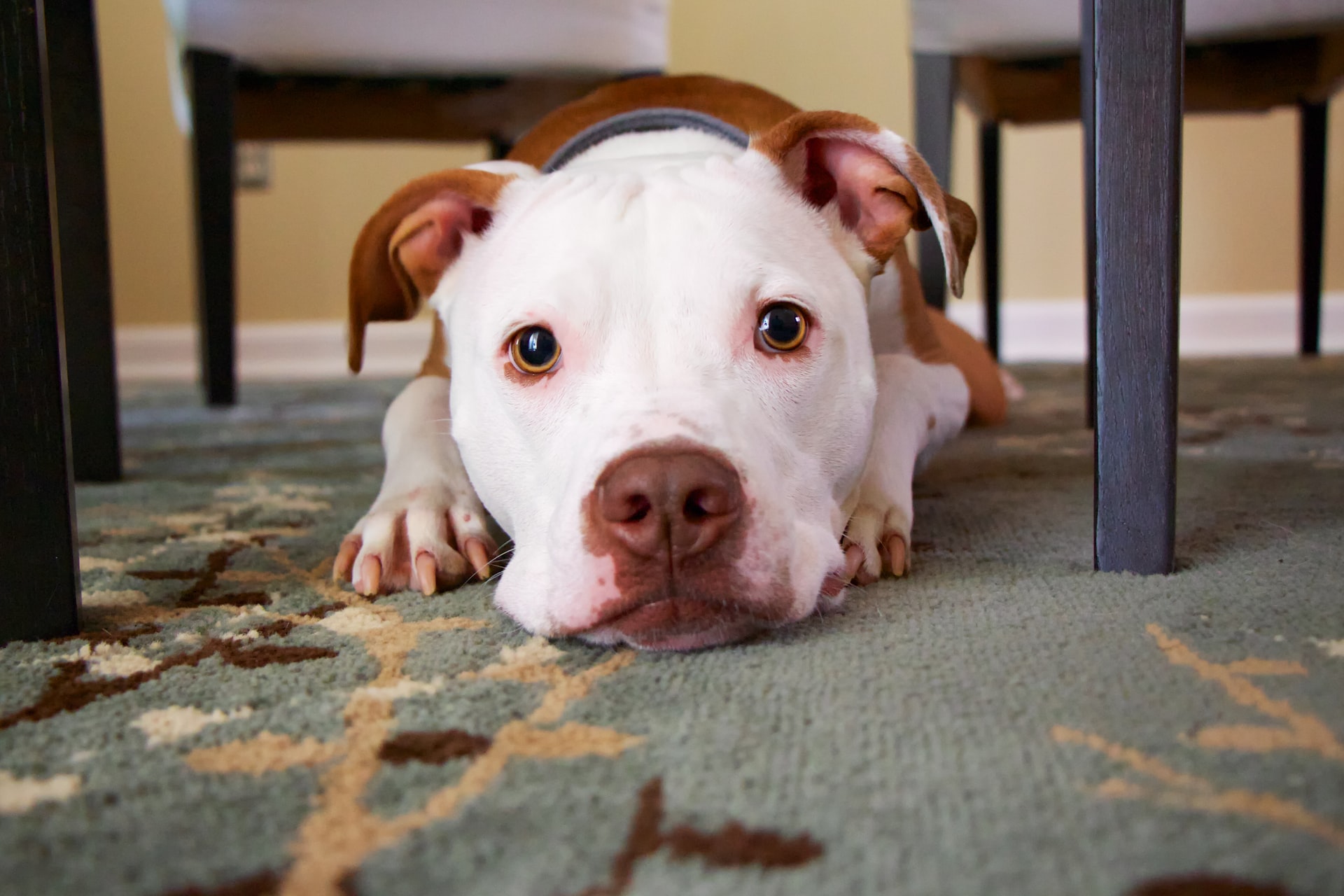Many people have spent the last couple of months staying home and safe amid COVID-19, but now people are returning to work.
Since you’ve been home, your pets may have become accustomed to you being with them more often than normal.
As you go back to work, the sudden change of you not being home as much may cause separation anxiety for your dog and/or cat.
We want to help you recognize signs of separation anxiety in cats and dogs and how to help ease your pet’s anxiety once you return to work.
Here are some tips and information to keep in mind:
Signs of Separation Anxiety in Both Cats and Dogs
Keep in mind that a change in your routine or schedule is one of the top reasons why pets experience anxiety.
However, not all pets may experience anxiety from you suddenly returning to work. If your pet does feel anxious, these are some of the signs to watch out for:
- Your house-trained pet is suddenly using the restroom in spots around your house
- Your pet is howling, barking, whining, or meowing because you’re gone
- You return home to see that your pet has illustrated destructive behavior by destroying items and clothing in your home etc.
- Your pet has attempted to escape to find you or is exhibiting pacing behavior
If your pet didn’t show any of these signs while you were home and it just started suddenly, anxiety may be the cause.
However, if you notice any of these signs, be sure to reach out to your veterinarian to help you determine whether your pet is truly anxious. In some cases, a medical problem can be the culprit for some of these anxious behaviors.
How to Help Your Pet Cope with Separation Anxiety
If you haven’t returned to work yet, now is the time to get your pet prepared for the change in your work schedule and routine.
This will help decrease the odds of your pet having an encounter with separation anxiety.
One of the ways to prepare your pet is by slowly getting them used to you not being home as much as you are right now (practice leaving home and coming back). This would consist of leaving your home and increasing the time you are gone in slow stages as your pet adjusts to each length of time you are gone.
Make sure you take the proper steps to keep your pet safe and entertained while you’re away. DO NOT leave any treats, food, or toys laying around that aren’t safe for your pet but do leave them with toys that are safe for them to be alone with to help keep them stimulated.
You should also use your best judgement when trying to help your pet cope with you not being home.
If your pet shouldn’t be left alone due to age or health, try to plan ahead of time to make sure someone can look after your furry friend. A familiar face may help your pet cope better than an unfamiliar face.
It may also help if you leave an item of clothing that has your scent on it, so your pet can have something of yours to help comfort them.
Also, try to avoid making a big fuss over you leaving home and avoid drawing attention to items that cue you’re leaving such as car keys. This only makes leaving more difficult for you and your pet.
And whatever you do, try to be understanding.
Do you remember what you felt for those moments where you were alone and didn’t know where your parents were? Dogs and cats feel the same way about their owners.
When they can’t find you, they respond to the anxiousness of not knowing where you are, which is expressed through the behaviors we mentioned above.
Knowing the signs of separation anxiety and how to help your pet cope can help make anxiety less of a problem for both of you.
If you’re concerned about how returning to work will affect your pet and what you can do to help your pet overcome anxiety, reach out to your veterinarian.

